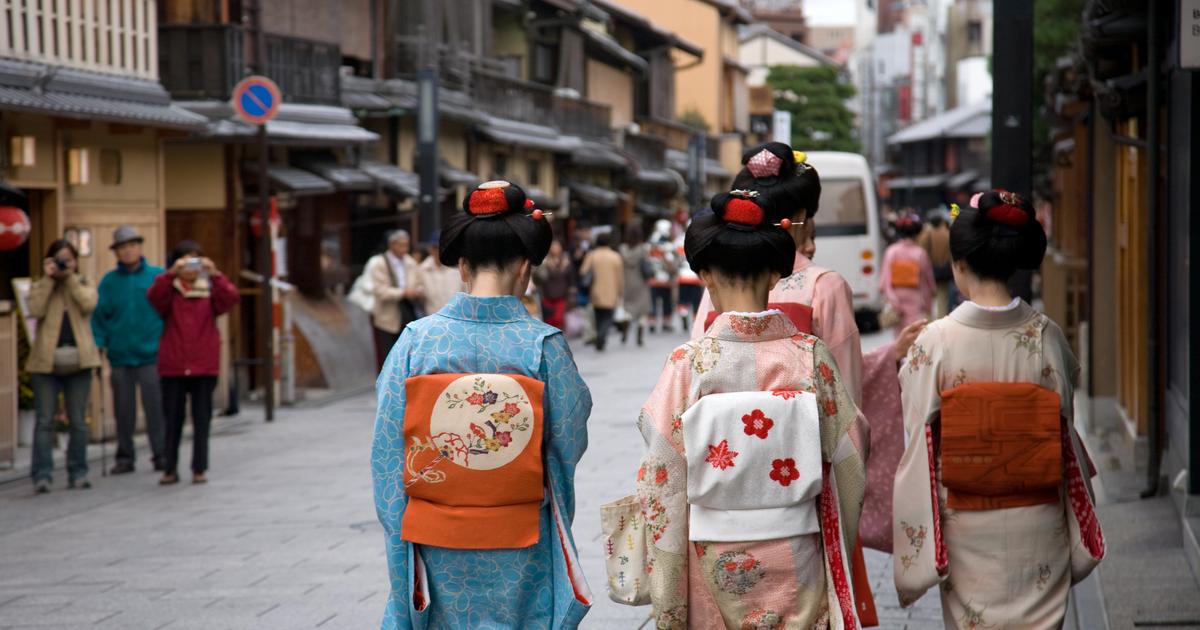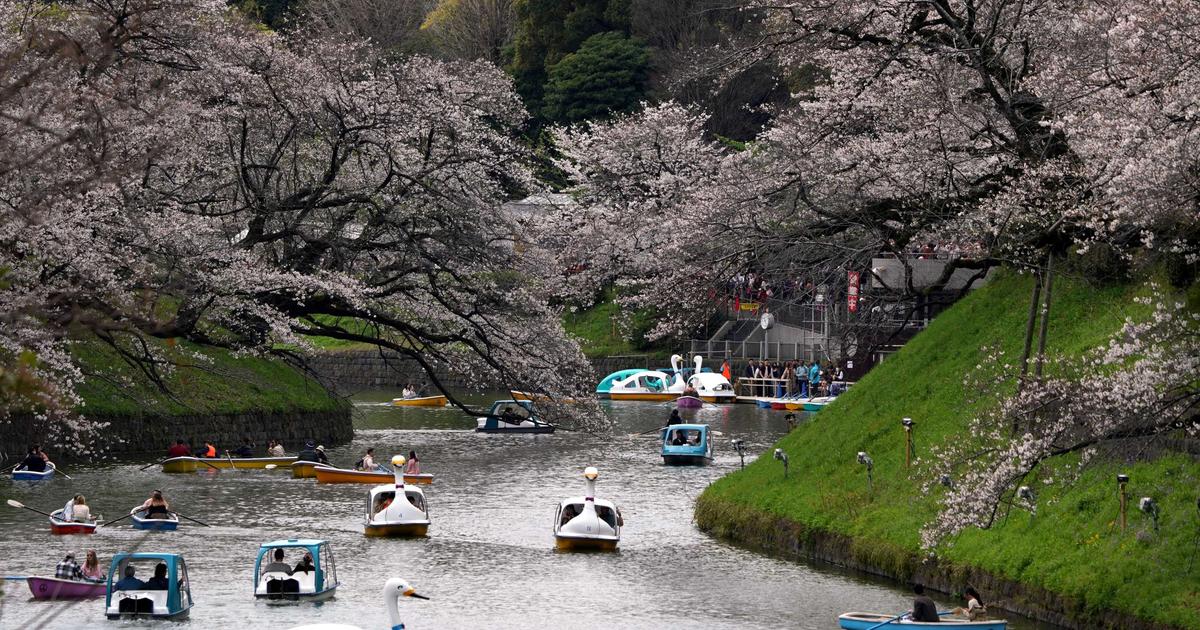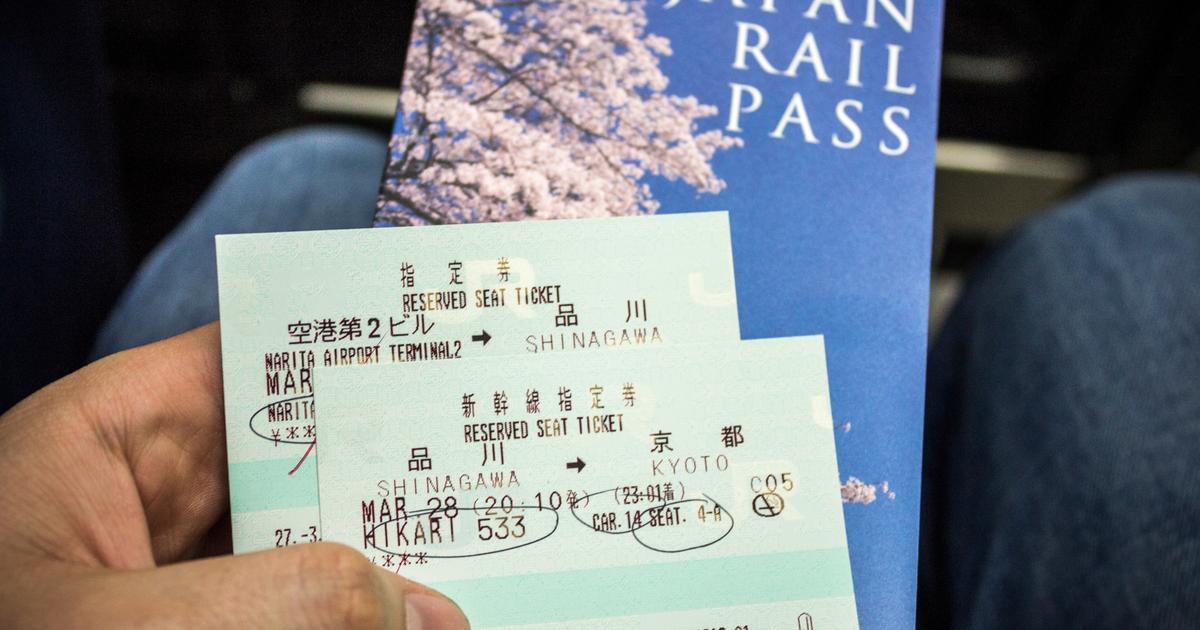Caramba
, failed again.
Once again, the “hospitality” (travel, hotel, restaurant) professionals who “sell the Japan destination” were hanging on Fumio Kishida's lips last Wednesday.
The Japanese Prime Minister was to announce, at a press conference, an acceleration of the reopening of the borders.
Once again, wet firecracker: he only announced the end of the PCR test in the country of departure.
All other restrictions on the arrival of foreign visitors remain in place.
To discover
Trips to Japan: tailor-made tours, hotels and stays from our partners
Fumio Kishida did mention an upcoming increase in the arrivals ceiling, set at 20,000 entries today, but without specifying either its date or its extent.
"It's exhausting.
Not only is the opening done scoop after meurette, but in addition, you have to reckon with rumors of scoops!
, laments Thierry Maincent, president of Japan Experience, specialist in stays in the land of the Rising Sun.
If a family wants to spend a night at the hotel, they must provide a room for the guide.
That doubles all accommodation costs.
And who today wants to travel like that?
A European tour operator specializing in Japan
Japan had closed its borders in 2020 to contain the Covid-19 epidemic.
It has started their reopening well but not so measured, and in such an ambiguous, even misleading way, that it irritates as much as it arouses hope.
In early May, Fumio Kishida announced the reopening to international tourists, promising in June a mode of entry
“similar to other G7 countries”
.
A month later, first disappointment: only groups of tourists, on a trip organized by an accredited agency, duly checked by a guide, were authorized.
“That means that if a family wants to spend a night at the hotel, they have to provide a room for the guide. That doubles all accommodation costs. And who today wants to travel like that?
, wonders a European tour operator.
The answer: hardly anyone.
In 2019, according to figures from the supervisory agency JNTO, 2.3 million tourists entered Japan each month.
In June 2022, they were 252, and 7900 in July.
Why such ostracism?
The domestic economy as a whole suffers little from the lack of foreign tourists.
“In Japan, there are very few places that depend on them to live.
The metropolises live without them.
The seaside resorts too.
On the other hand, the ski areas, a truly Japanese specificity in
Asia
, are suffering a lot»
believes Christian Mancini, of the real estate investment fund Savills, author of a note on the Japanese sector of "hospitality".
Better: the closure of Japan undoubtedly contributes in part to the form of domestic tourism.
The Japanese, scalded by the idea of following the cumbersome procedure of entering their country, travel within their borders.
Currently, the number of hotel nights is 65-85% of what it was in 2019, according to Savills.
Read alsoJapan: a “North Korean” reopening to foreign tourists
The end of the visa waiver?
A new concern is emerging among the tour operators in charge of the Japan destination: what will be the terms of the inevitable “reopening” of the borders?
Will post-covid Japan be as welcoming as before the pandemic?
The executive of an airline confides, for example, that he fears that Japan will end the visa exemption for foreign tourists.
Until the arrival of Covid-19, the archipelago has historically been very welcoming towards them.
To attract them, it had as early as 1951, in its founding "immigration ordinance", planned to exempt nationals of a growing number of nations from visas for short stays.
Until the pandemic, Japan thus exempted 68 countries (including France) from tourist visas.
However, it has just launched the implementation of an “e-Visa” for short stays, the cost of which is around 3,000 yen.
Progress ?
Half: if the visa is "digital", its application fees must be paid... In person, at the Japanese consulate, and in cash!
Above all, this “progress” will eventually turn into a setback if the paying “e-Visa” is maintained after the reopening of the borders, because it will have replaced the traditional visa exemption, which is in fact free and immediate.
“For now, there is no indication that they have made such a decision
,” tempers a connoisseur of JNTO, the Japanese tourist office.









